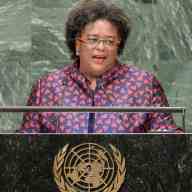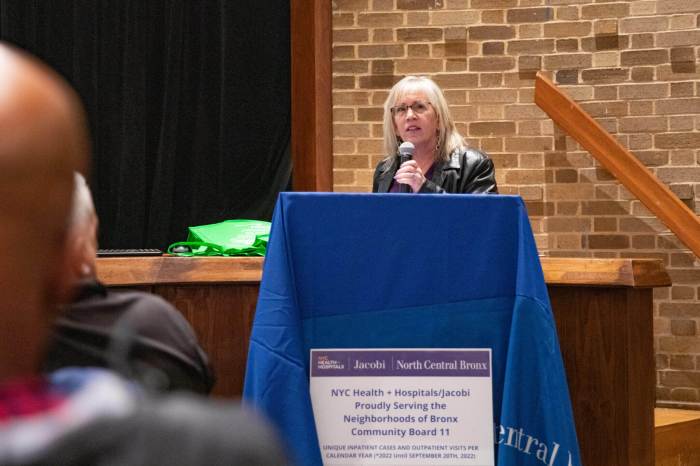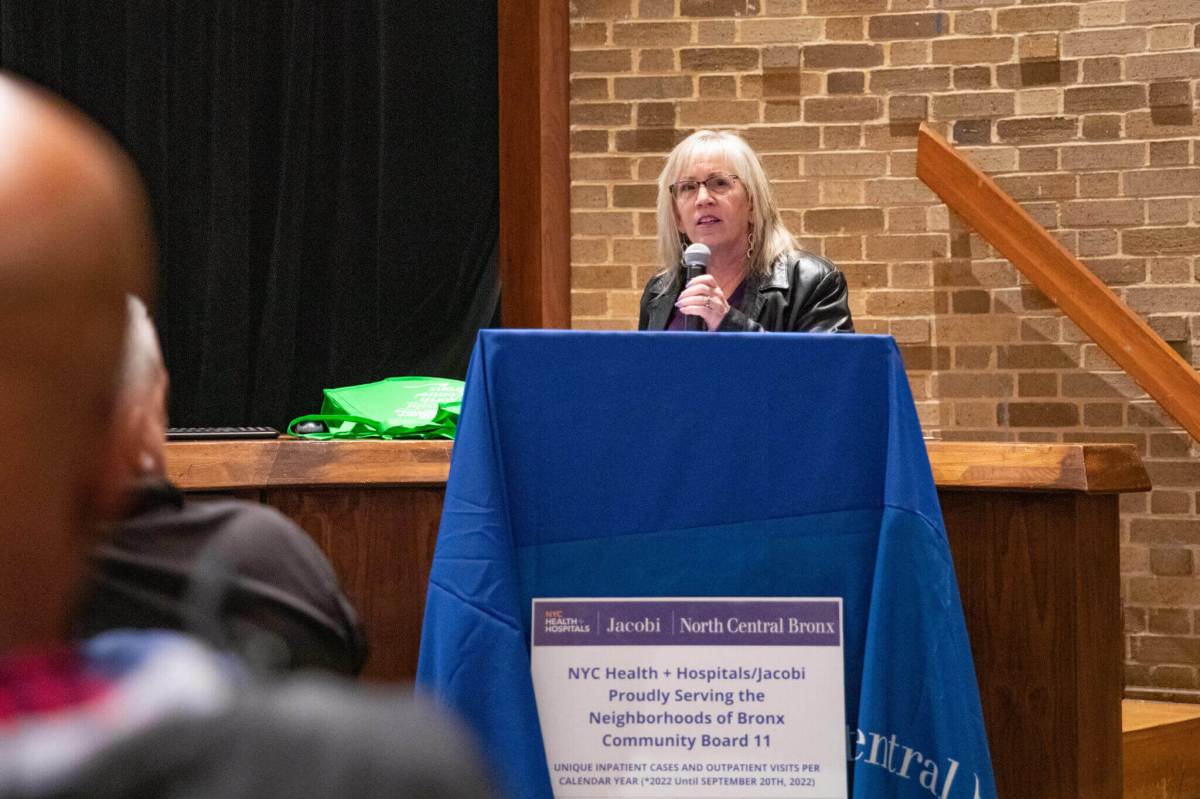The number of children with lead poisoning dropped by 12 percent in New York City last year, the Health Department announced on Sept. 30 in its annual report to the City Council.
In 2009 the agency recorded 1,387 poisonings among children between six months and six years of age – fewer than ever before. The Health Department will continue to monitor cases and concentrate services and outreach efforts in the city’s most affected communities. The agency has recently started offering environmental inspections to families in high-risk environments.
“New York City has reached a new low in childhood lead poisoning cases, but too many children are still affected by this serious, preventable health problem,” said Dr. Thomas Farley, New York City Health Commissioner. “We know lead paint is the main cause of lead poisoning, and young children are most at risk. It is critically important that landlords follow the law and safely repair peeling lead paint in homes with young children. Partner organizations can also work with the Health Department to promote blood lead testing for children in the most affected communities.”
Lead poisoning can cause learning and behavior problems, even at low levels. Lead poisoning is defined as a blood lead level containing 10 or more micrograms of lead per deciliter of blood (ug/dL). State law requires doctors to test children at one and two years of age, because those with elevated blood lead levels may not show clinical symptoms.
In 2009, 512 children under 18, including 439 children between the ages of 6 months and 6 years, were newly identified with blood lead levels of 15 ug/dL or higher. When a child is diagnosed with lead poisoning at this level (known as the Environmental Intervention Blood Lead Level, or EIBLL), the Health Department actively assesses lead sources in the child’s environment, orders landlords to repair hazards in a safe and timely manner, and works with families and health care providers to reduce the child’s exposure. The Health Department has seen a 4 percent decline in these EIBLL cases since 2008 (when the total was 536), and a 33 percent decline since 2004 (when the total was 764).
Annual citywide surveillance data show that Brooklyn children are disproportionately affected by lead poisoning. Brooklyn is home to about 34 percent of the city’s children under 18, but 42 percent of last year’s EIBLL cases occurred there. The new report also identifies specific neighborhoods with lead-poisoning rates that exceed the citywide rate of 1.2 cases for every 1,000 children tested. The highest rate – 2.7 cases per 1,000 tested – occurred in Borough Park and Greenpoint, Brooklyn. Port Richmond, Staten Island, followed with 1.9 cases per 1,000 children tested. The rate was 1.8 per 1,000 tested in the Bronx neighborhoods of Fordham and Bronx Park and the Brooklyn neighborhoods of Coney Island and Sheepshead Bay.
Health Department Prevention Efforts
Early identification of lead-poisoned children is critical to preventing further exposures. Working with families, health care providers and community-based organizations in high-risk neighborhoods throughout the city, the Health Department conducts hundreds of workshops each year on the importance of blood-lead testing and reporting peeling paint. The agency also participates in community health fairs, providing information on how to keep homes safe and healthy. Informational materials are available in multiple languages, including English, Spanish, Bengali, Chinese, Urdu, Hindi, Arabic, French, Haitian Creole and Russian.
How Parents and Caregivers Can Protect their Children from Lead Poisoning
~Report peeling paint to your landlord. Landlords are required to fix peeling paint in homes where young children live. If your landlord does not respond, call 311.
~Remind your doctor to test your child for lead poisoning at one and two years of age. Ask your doctor about testing older children who may be at risk of lead exposure.
~Wash floors, windowsills, hands, toys and pacifiers often.
~Don’t use imported foods, spices, medicines, pots, dishes, cosmetics or toys known to contain lead.
~Use only cold tap water for making baby formula and for drinking and cooking. Run the water for a few minutes before using it.
For more information on preventing childhood lead poisoning, call 311. You can read the Health Bulletin “Protect Your Child From Lead Poisoning” and lead poisoning annual data reports by visiting nyc.gov.















